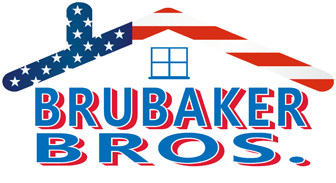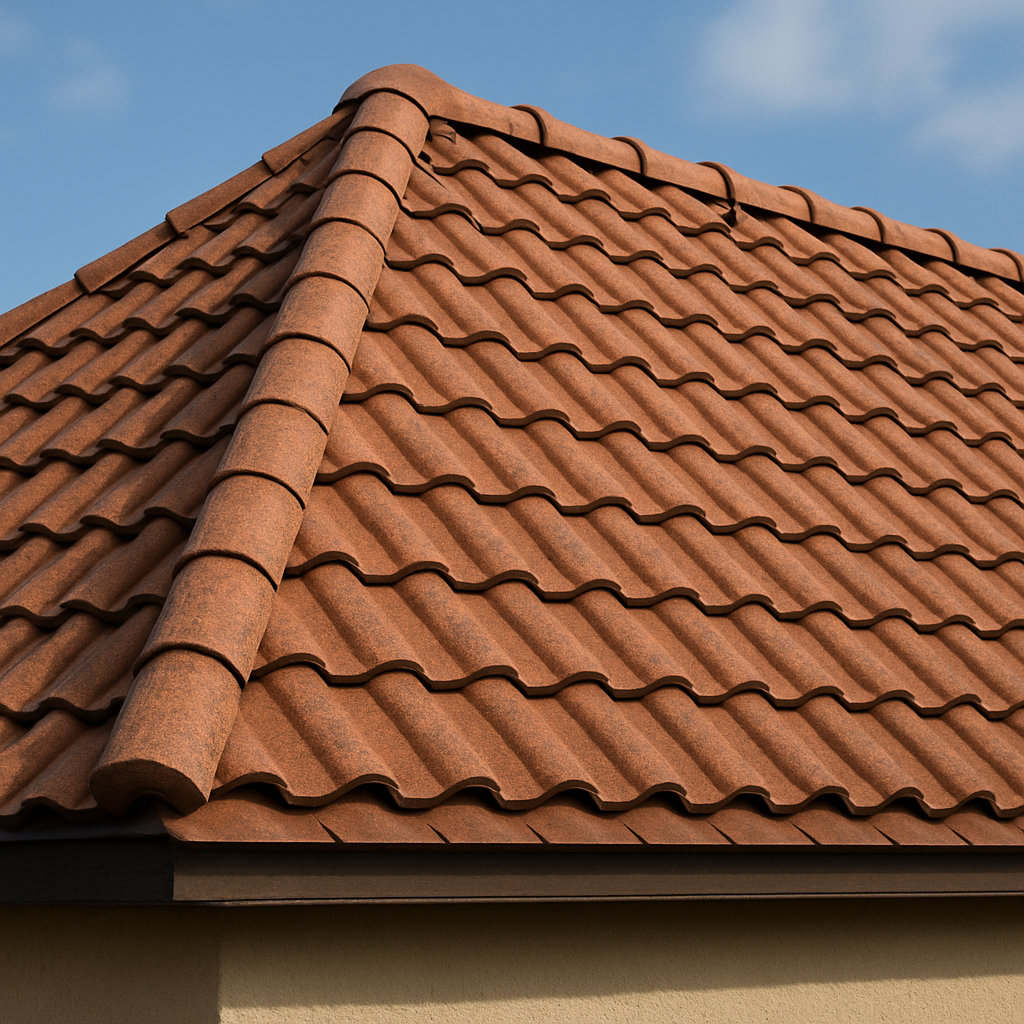Roofing emergencies never happen at convenient times; they strike during severe storms, on holiday weekends, or in the middle of winter nights. At Brubaker Roofing, we’ve responded to countless emergency calls throughout Lancaster County, and we understand the panic that comes with water dripping through your ceiling or a tree branch piercing your roof.
Knowing when you can safely implement temporary solutions versus when you need immediate professional help can prevent further damage and keep your family safe. Here’s what every Lancaster homeowner should know about handling roofing emergencies.
When Roofing Emergencies Strike in Lancaster
Lancaster County’s weather creates specific emergency scenarios that homeowners need to be prepared for. Our severe thunderstorms can bring high winds that tear off shingles or drop tree branches, while heavy snow loads can stress roof structures beyond their limits.
Ice dams during winter thaws can cause sudden interior leaks even when your roof appeared fine all season. Spring’s heavy rains can overwhelm compromised drainage systems and seep through vulnerabilities you didn’t know existed.
The key to minimizing damage is responding quickly and appropriately to the situation. As experienced Lancaster roofing professionals, we’ve seen how the right immediate response can mean the difference between a minor repair and major structural damage.
Understanding what constitutes a true emergency versus what can wait until morning helps you make smart decisions when stress levels are high and conditions may be dangerous.
Identifying True Roofing Emergencies
Active water leaks during storms represent clear emergencies, especially if water is pouring in rather than just dripping. Large volumes of water can quickly damage ceilings, walls, insulation, and electrical systems, requiring immediate action.
Fallen trees or large branches that have penetrated your roof structure demand immediate professional attention. These situations often involve structural damage that’s dangerous to assess without proper equipment and expertise.
Severe wind damage that’s lifted entire sections of roofing or exposed large areas of roof deck to the elements needs an urgent response. An exposed roof deck allows water infiltration that can cause extensive damage within hours.
Structural sagging or visible deformation of your roofline indicates serious problems that could affect your home’s safety. Never ignore signs of structural compromise, as they can worsen rapidly.
Not every leak is an emergency requiring a midnight phone call. Small drips that can be contained with buckets might wait until morning, especially if weather conditions make roof access dangerous for everyone involved.
Safe Temporary Measures Lancaster Homeowners Can Take
When a leak starts, your first priority is protecting your home’s interior from water damage. Move furniture and valuables away from the affected area, and place buckets or containers to catch dripping water.
Use tarps to cover furniture you can’t move, and place towels around leak areas to absorb water and prevent it from spreading across the floor. If water is coming through light fixtures, turn off the power to those circuits immediately to prevent electrical hazards.
For small exterior problems during daylight in safe conditions, you might secure a small tarp over the damaged area using boards and weights. However, never climb on your roof during storms, when it’s icy, or if you’re uncomfortable with heights.
Keep a basic emergency kit with heavy-duty tarps, bungee cords, boards for weighting tarps, and buckets for interior protection. Having these items ready means you won’t have to search for supplies during a crisis.
Document all damage with photos and videos for insurance purposes, but only from safe locations. Your insurance company needs this documentation, but your safety comes first.
When to Call Professionals Immediately
Any situation involving structural damage requires professional assessment before attempting repairs. Compromised roof structures can collapse, creating life-threatening situations that aren’t obvious from ground level.
Large-scale water intrusion that’s overwhelming your ability to contain it needs a professional emergency response. We have equipment and materials to quickly stop major leaks and prevent secondary damage.
If damaged roof areas are near electrical service connections or you see any sparking or electrical issues related to roof damage, call emergency services first, then contact roofing professionals. Never take chances with electrical hazards.
Homes with gas lines running near or through roof areas require professional handling of any roof damage in those zones. Gas line damage creates serious safety risks that demand expert attention.
When damage is complex or extensive enough that you can’t determine its full scope, professional assessment is essential. What appears minor from inside might reveal serious structural issues when inspected properly.
Common Lancaster Emergency Scenarios and Responses
Heavy snow accumulation during Lancaster’s winter storms can stress older roof structures beyond their design capacity. If you notice sagging, unusual creaking sounds, or doors and windows suddenly sticking, evacuate the area beneath the roof and call professionals immediately.
Ice dams causing interior leaks are frustrating because they often develop gradually then suddenly break through. While you can safely remove some snow from roof edges using a roof rake from the ground, don’t attempt to chip away ice dams yourself, as you can damage shingles and create bigger problems.
Severe thunderstorm damage from wind and hail is common in our area during spring and summer. After storms pass and it’s safe, do a visual inspection from the ground looking for missing shingles, damaged flashing, or debris on the roof.
Fallen trees from Lancaster’s mature tree canopy create some of our most dramatic emergency calls. If a tree or large branch has fallen on your roof, don’t enter the affected area of your home until professionals assess the structural damage.
Flash flooding rarely affects roofs directly, but it can overwhelm drainage systems and cause water to back up into homes through compromised areas. If flooding coincides with roof leaks, professional help is needed to determine whether roof damage exists or if water is entering through other pathways.
Emergency Services and Prevention
At Brubaker Roofing, we understand that roofing emergencies don’t follow a schedule. When you call us with an emergency, we prioritize getting someone to assess the situation and implement temporary protection as quickly as possible.
Our emergency response focuses on stopping immediate damage and securing your home, then developing a comprehensive repair plan once the crisis is under control. We work directly with your insurance company to document damage and streamline the claims process.
The best approach to roofing emergencies is having a relationship with a trusted contractor before problems occur. When you already know who to call and they’re familiar with your home’s roofing system, emergency response is faster and more effective.
Preventive maintenance dramatically reduces emergency situations. Regular inspections catch problems before they become crises, and keeping your roof properly maintained means it’s more likely to weather severe conditions without failing.
When an emergency strikes, contact us immediately so we can assess the situation and provide the professional help you need. Whether it’s storm damage, fallen trees, or sudden leaks, we’re here to protect your Lancaster home when you need us most.
With over three decades of emergency response experience throughout Lancaster County, we know how to handle whatever the weather throws at your roof.




